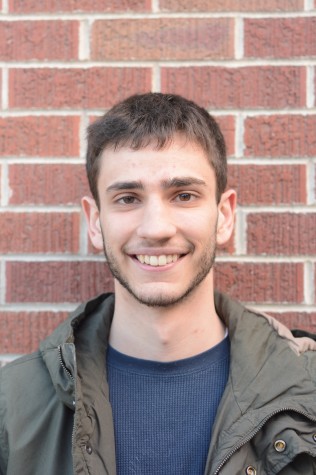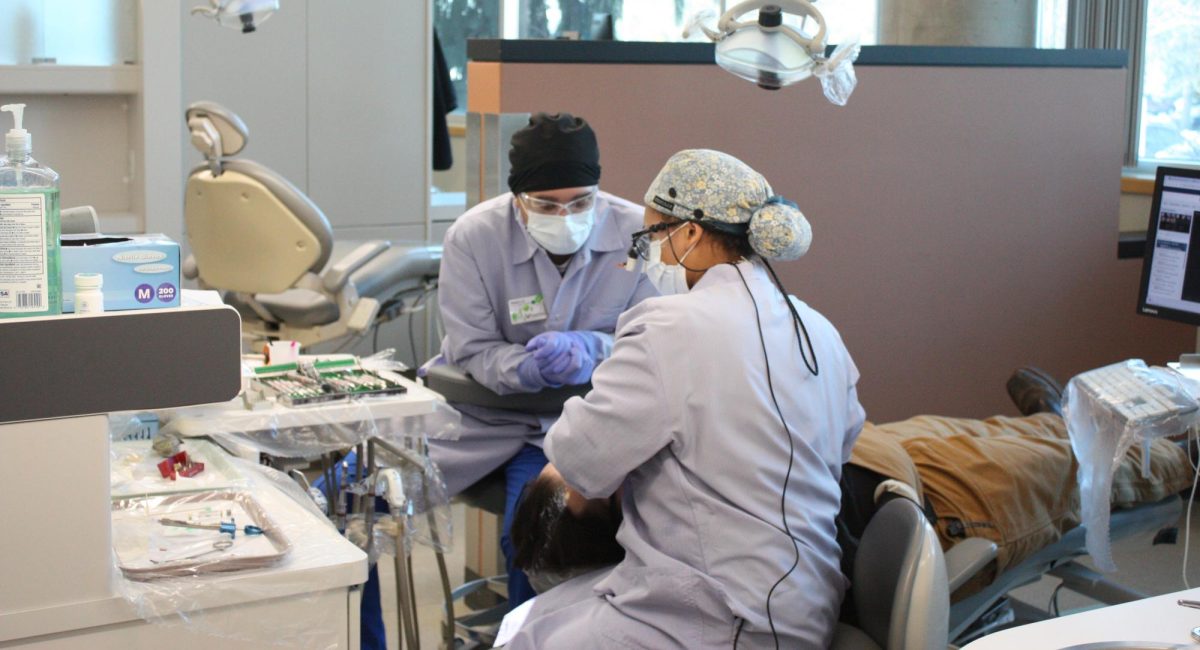Summer quarter enrollment numbers decline
May 8, 2014
They ride the bus in and out of campus, they gaze at students walking to class and they greet readers of this paper.
EWU summer quarter advertisements are everywhere.
After student enrollment for summer quarter took a noticeable dip in 2013, the university examined how to raise awareness and improve the overall summer experience for students. This meant renovating the marketing strategy, creating more online courses and organizing course schedules that are more convenient to students.
According to EWU records, the summer unduplicated headcount for 2013 was 3,152. This was down from the 2012 count of 3,547 and the previous two years where the count was over 3,700.
Ben Meredith, executive director of EWU’s extended campus, took over summer quarter duties this school year. Meredith has a background in educational and learning technologies, and he did a full analysis trying to figure out how to make summer quarter more accommodating to students and how to raise awareness.
“We looked at it from top to bottom and asked ourselves: Are we, as a university, providing what the students need?” Meredith said.
When doing his “customer analysis,” he found that the enrollment for online courses was higher than it had ever been in summer quarter, even though total enrollment numbers were low.
Meredith also heard student feedback regarding the scheduling issues they experienced in summer. He tried to make himself a course schedule using courses from last summer, and said it was impossible for even him to make a schedule without any conflicts.
Summer quarter can also be pricey. Linda Kieffer, vice provost, said that even though students would like to graduate sooner, many cannot afford to go to school in the summer.
Nicole Wright, loan supervisor in the financial aid and scholarship office, said summer generally is more expensive than other quarters because students pay for every credit.
“During the school year, 10 to 18 credits is all the same price. In the summer, you pay for every single credit. So there’s a substantial difference between taking 12 credits and 18 credits, pricewise,” Wright said.
Obtaining financial aid is more difficult in the summer. EWU treats summer quarter as the last quarter of the year, so whatever financial aid students earn is leftover from the school year.
For example, if a student was awarded a $3,000 loan for fall, winter and spring quarters and that was the maximum amount that student could have for the year, that student would not earn more financial aid for summer quarter. However, they could choose to reduce their earnings over the school year to $2,000, so they have $1,000 for summer.
Wright said that even if students do earn financial aid, they often do not see any money until later in the quarter. This is because students must be taking at least six credits, the minimum amount, at the beginning of the quarter to receive their award.
“With the way the class structures are set up, to get disbursement at the beginning of the quarter, you need to be in six credits that start June 23,” Wright said. “So if you have a class that starts June 23, then another in July, you won’t get money until the second class starts in July.”
Meredith said the university cannot control how federal money is handed out. What he is working on is improving the summer experience for students and informing them of the opportunity.
He imposed a block schedule so students can easily take three or more classes. In response to the high number of online students last year, the school increased the number of online classes. Many classes were moved to earlier in the week after the analysis showed lower enrollment for classes beginning after Wednesday.
“We think that we are able to provide students with more of an opportunity to stay right here at EWU even if they are not in Cheney,” Meredith said.
The most frequent complaint Meredith heard was students being frustrated that classes would cancel right before the quarter started. Students then had to find another class in order to fulfill the six minimum credits. He vowed this year to lock in the summer schedule so students do not have to scramble at the last minute.
Last year, Meredith said the university did not raise enough awareness for summer.
“We have spent more on the marketing [this year], although I will say that we grossly underspent last year,” Meredith said.
So far, all that marketing around campus has worked. As of April 30, 42 percent of the total enrollment from last year had already enrolled for 2014 summer quarter, which is high considering the usual number of late enrollees.
Meredith is reluctant to refer to students as customers, but could not help himself when talking about the ways EWU adjusted summer quarter in order to accommodate students. The school analyzed data, looked for correlations and patterns and made decisions based off of their findings.
“We need to provide the services in the manner which you as the student need it,” Meredith said. “We really are looking to make sure that we are providing the students with the experiences that they need.”









